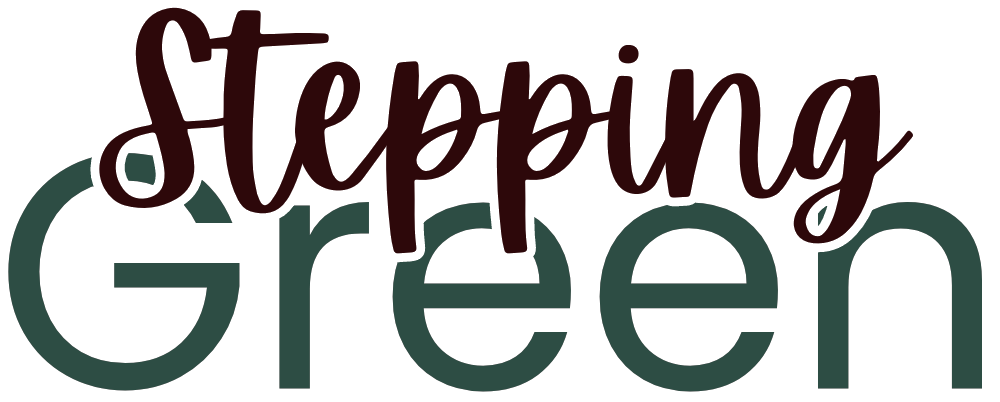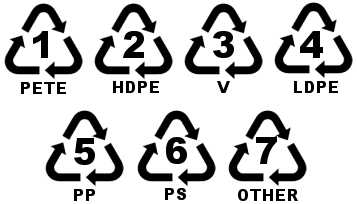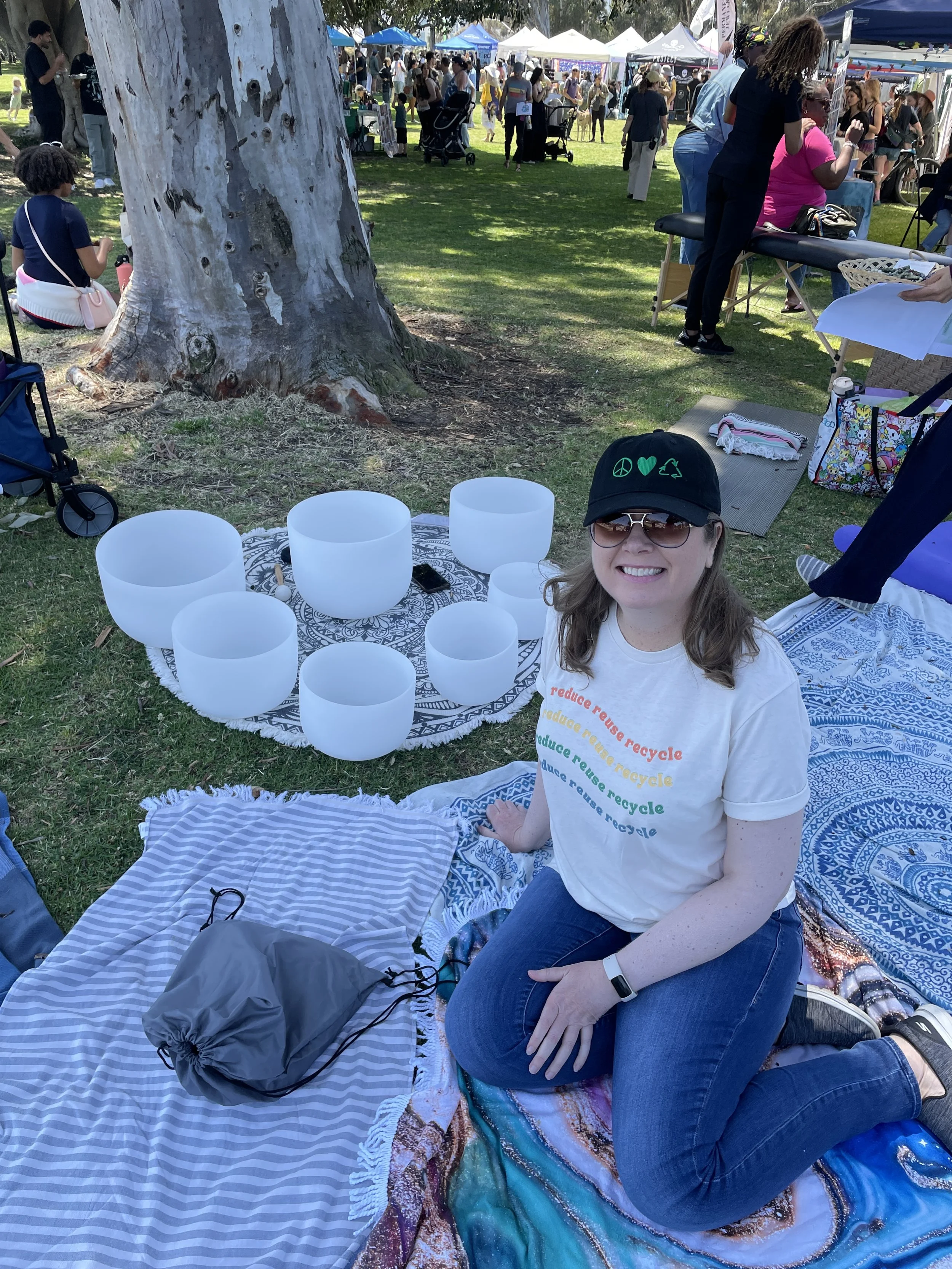What Do Those Recycling Numbers Mean on Your Products?
Introduction
In the U.S., in 2021, there were 51 tons of plastic waste, and only 4.7% of that was recycled. This tiny percentage is likely for multiple reasons: (1) We hear through the media that a lot of plastic is just not recyclable, so perhaps folks don’t bother to recycle; (2) every garbage collector has different plastic acceptance criteria; and (3) the rules constantly change as systems are upgraded (or downgraded).
However, every small change can make a difference. So when I recycle, I know some of it will be recycled (yay!), some will end up in a landfill, and some will be burned somewhere across the world. But I still want to try and do my small part. So, with that, let’s focus here on demystifying some recycling confusion: What do those recycle label numbers mean?
First, those little symbols on your product with the three arrows in the shape of a triangle only tell you what type of plastic material it is and do NOT indicate that it is recyclable. Well, isn’t that new knowledge!
Second, recyclability depends mainly on what your garbage collector will accept. Some cities collect all plastics, while others will indicate which “numbers” are accepted - probably along with specific exclusions.
These are the reasons we need to understand what these recycling numbers mean.
Definitions of those Recycling Label Numbers:
#1 Polyethylene Terephthalate (PET/PETE)
Commonly used for water and soda bottles and some food packaging. This is the most recycled plastic in the world (about 21% recycled). It is often recycled into carpet fibers, clothing, or containers for food.
#2 High Density Polyethylene (HDPE)
Found in milk jugs, detergent bottles, and various types of containers for food and household items. This is one of the easiest plastics to be recycled (about 10% recycled). It often gets recycled into non-food bottles like shampoo, buckets, floor tiles, etc.
#3 Polyvinyl Chloride (PVC)
Used in pipes, cable insulation, clothing, and some packaging. To be recycled, it must be separated from other types of plastic. It can be recycled into piping, garden hoses, traffic cones, etc.
#4 Low Density Polyethylene (LDPE)
Used in plastic bags, shrink wrap, and various types of packaging. This plastic must be separated from all other plastic to be recycled. In addition, clear plastic and colored plastics are ideally separated. This plastic can become shipping envelopes, furniture, trash cans, and more.
#5 Polypropylene (PP)
It is commonly found in yogurt containers, bottle caps, and some food containers. This is one of the least recycled plastics.
#6 Polystyrene (PS)
Used in foam packaging, disposable cutlery, and some food service items. It is also known as Styrofoam. This type is costly and challenging to recycle. It is 98% air, so it needs to be shipped to a facility that can condense it.
#7 Other Plastics
This category includes other plastics that fall outside the previous six categories. It may consist of multi-layered or blended plastics. Plastics made with a mixture of types of plastic are difficult to recycle.
Conclusion
There are seven defined types of plastic. Numbers 1-2 can be collected for recycling in most places, although all may not be recycled. Numbers 3-7 are more challenging to recycle and may or may not be collected as recycles at your home, and then may or may not be recycled from there.
The data is clear: With so much plastic NOT being recycled and original plastic being created from fossil fuels, it is best to try and avoid plastic anywhere you can.
References
Plastic Action Centre. Plastic by the Numbers. Website: https://plasticactioncentre.ca/directory/plastic-by-the-numbers/#:~:text=The%20number%20is%20a%20resin,collected%20in%20local%20recycling%20programs.
CNBC. Recycling plastic can be a little confusing. Here’s what the numbers inside the recycling symbol mean. https://www.cnbc.com/2023/04/22/recycling-plastic-can-be-confusing-heres-what-those-numbers-mean.html.
Greeenpeace. New Greenpeace Report: Plastic Recycling Is A Dead-End Street—Year After Year, Plastic Recycling Declines Even as Plastic Waste Increases. https://www.greenpeace.org/usa/news/new-greenpeace-report-plastic-recycling-is-a-dead-end-street-year-after-year-plastic-recycling-declines-even-as-plastic-waste-increases/.






